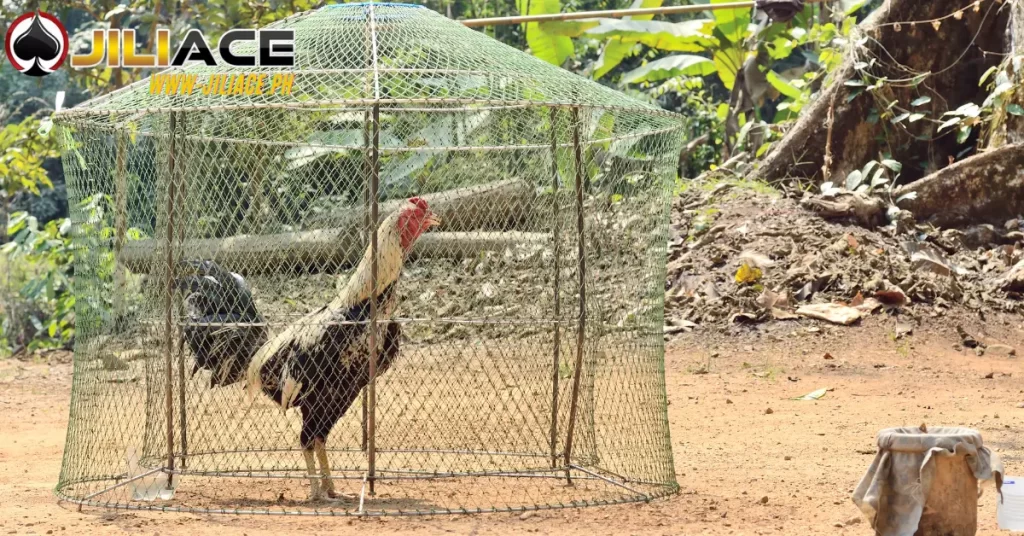Caring gamecocks, particularly American breeds and crossbreeds known for their prowess in blade and knife cockfights, have become highly popular not only in the Philippines but also across other Asian countries such as Vietnam, Thailand, and Cambodia. The practice continues to grow in popularity.
Overview Caring Gamecocks
Beyond the passion that gamecock enthusiasts, or sabungeros, bring to the sport, another critical factor is the substantial economic value associated with these American breeds. This value is particularly high if the rooster gains a reputation in the arena.
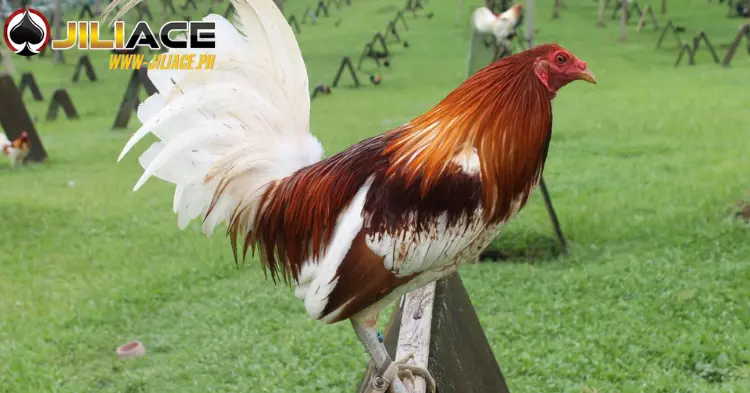
For dedicated sabungeros, owning exceptional fighters for competition requires not only selecting the right breed but also acquiring the knowledge and experience to care for and train them effectively. This process is far from simple, demanding significant time, effort, and financial investment. Learning how to raise gamecocks, especially American breeds and crossbreeds raised by Filipinos, can provide valuable insights.
These methods help ensure the birds develop to their fullest potential while maximizing cost efficiency, a priority for most sabungeros. Let’s find out with JiliAce below!
Methods for Selecting and Caring Gamecocks for Competitive Success
To produce strong, courageous, and agile gamecocks with excellent fighting capabilities, the first step is establishing proper facilities to ensure an effective raising environment. Equally important is the selection of high-quality fighting breeds, which is a decisive factor for sabungeros aiming for future victories in cockfighting arenas.
I. Selection
The first consideration when selecting a gamecock is its appearance: a well-proportioned, robust, and balanced body. Next is its fighting ability, including aggressiveness, tenacity, health, mobility, striking precision, and agility. For blade-fighting gamecocks, the emphasis is on leg strength, speed, optimal height, resilience, and the ability to deliver precise strikes. Strength and endurance are vital qualities, alongside intelligence in landing decisive blows, making these birds highly valued.
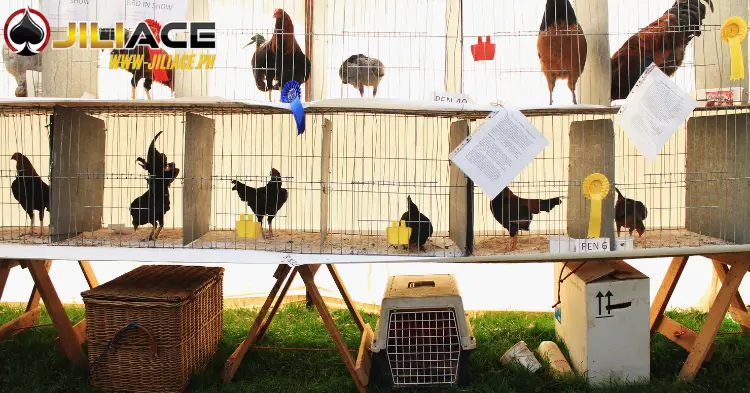
In addition to selecting roosters with excellent fighting traits and a strong reputation in the cockfighting community, choosing quality hens is equally critical. Hens contribute 60–70% of the genetic traits passed on to the offspring. Therefore, hens are often chosen based on the performance of their progeny and their own aggressive characteristics.
=> Read more: Applying Turmeric for Gamecocks With a Detailed Guide
II. Raising and Caring Gamecocks
Raising & caring gamecocks, particularly American breeds intended for competition, differs significantly from traditional poultry farming. Besides having strong genetic lineage, success depends heavily on investment in nutrition, housing, and proper care, all of which are crucial for the birds’ future performance.
Depending on their developmental stages, it’s essential to divide and plan clearly for each phase, including nutrition sources, housing, care routines, and disease prevention from the time they hatch until they mature and reach competitive readiness.
1. Brooding Chicks
In the early months after hatching, effective brooding practices are crucial to ensure optimal growth. Provide warmth using incandescent bulbs to maintain a cozy environment, while ensuring spacious housing for the chicks to move and play freely. Minimize drafts and line the coop floor with rice husks or straw to keep the chicks warm.

During this stage, in addition to maintaining warmth, exposing the chicks to diverse environments—such as allowing them to touch soil, dust-bathe, sunbathe, or search for food on their own—can stimulate their development.
To prevent diseases, mix anti-coccidial and specialized chick supplements into their daily feed. Keep the housing clean to avoid digestive issues, loose stools, or respiratory problems. Use metal or plastic trays to serve small amounts of feed, replenishing it regularly to maintain freshness and nutritional value. Their diet can include commercial feed, agricultural by-products, and vegetables that supply essential minerals, vitamins, and protein.
Ensure the water supply is clean, safe, and sufficient to meet the needs of the flock daily.
=> Read more: Live Thomo Cockfighting: What Beginners Need to Know
2. Categorizing Roosters
Once the chicks have matured past the brooding stage at around two months old, the period from the third to the eighth month becomes critical. During this phase, the roosters develop their physical traits, such as feathers, neck plumes, and tail feathers, while exhibiting significant gender-related behaviors, including crowing and strong sexual development. Dominant chicks typically grow faster, with better feather quality, as they consume more food than their peers. This phase is ideal for categorizing and identifying the most promising future fighters.
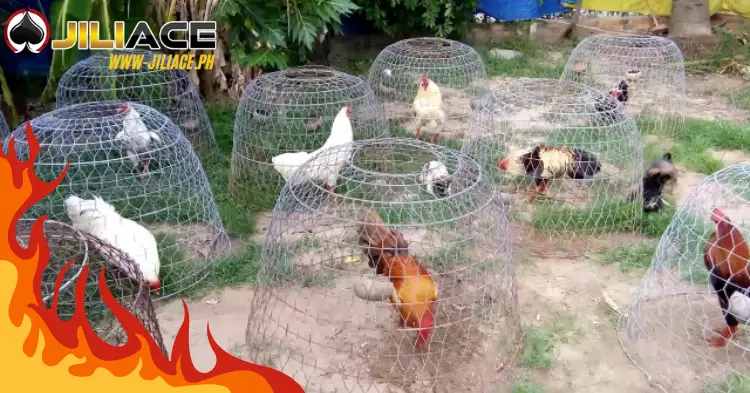
During this time, it’s crucial to pay closer attention to their care, ensuring a nutrient-rich diet and addressing their specific needs. If resources allow, isolating each rooster can facilitate better evaluation and selection. Regular health monitoring and timely treatment for common issues, such as colds, respiratory problems, or digestive issues, are essential. By the seventh or eighth month, most roosters will have fully developed their physiques, with strong frames and glossy feathers.
At this stage, they should be in their prime physical condition. However, excessive mating should be avoided during this period, as it can weaken them and disrupt their physical development. A balanced diet with supplements like vitamins A, B, and K, alongside regular care, will ensure optimal growth.
3. Caring for Fighting Roosters
After selecting the ideal roosters for competition, providing proper nutrition and ensuring disease prevention become top priorities to support their full development. Regular grooming, such as bathing with diluted tea or special rooster shampoo, not only cleanses them of bacteria but also enhances the shine and health of their feathers. Sun exposure for 20–30 minutes daily, preferably in the early morning or late afternoon, is also beneficial.
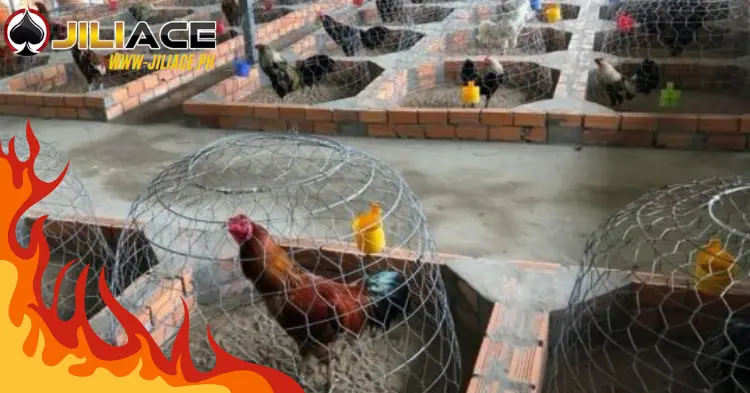
In addition to a nutritious diet and preventative healthcare, special care should be given to fighting roosters to maximize their physical and mental readiness for competition. Maintaining a consistent schedule for feeding, resting, and exercise is crucial. Allowing roosters to roam briefly each day strengthens their legs and acclimates them to their environment.
=> Read more: Hatch Bantam Roosters: The Modern High-Speed Fighting Breed
Applying red turmeric powder to their legs, head, comb, and thighs enhances the resilience and toughness of their skin and muscles. Routine training, including running, sparring, and mock fights, is essential for building stamina and providing valuable combat experience. However, training and care should be tailored to each rooster’s age and breed characteristics. A one-size-fits-all approach is not advisable.
4. Preparing for Battle
To ensure optimal performance in the ring, proper preparation is crucial. Beyond confirming that the rooster is in peak condition for competition, replenishing its energy levels during the pre-fight phase is vital. This aspect often gives a significant edge during matches.
Experienced trainers know that transporting roosters over long distances to competition venues can lead to dehydration, heat stress, low blood sugar, and energy depletion, all of which can weaken their performance and give opponents an advantage. To mitigate these risks, trainers often rely on specialized supplements and medicines for fighting roosters, especially those bred for sharp blade combat. These products help maintain the rooster’s health and competitive spirit, ensuring they enter the ring at full strength and readiness to outmatch their rivals.
=> Are you looking for a reputable and top-quality casino for betting? Try our partners: Phsin.
=> Read more: Bantam Cockfighting Spurs – Secrets to Achieving Victory

